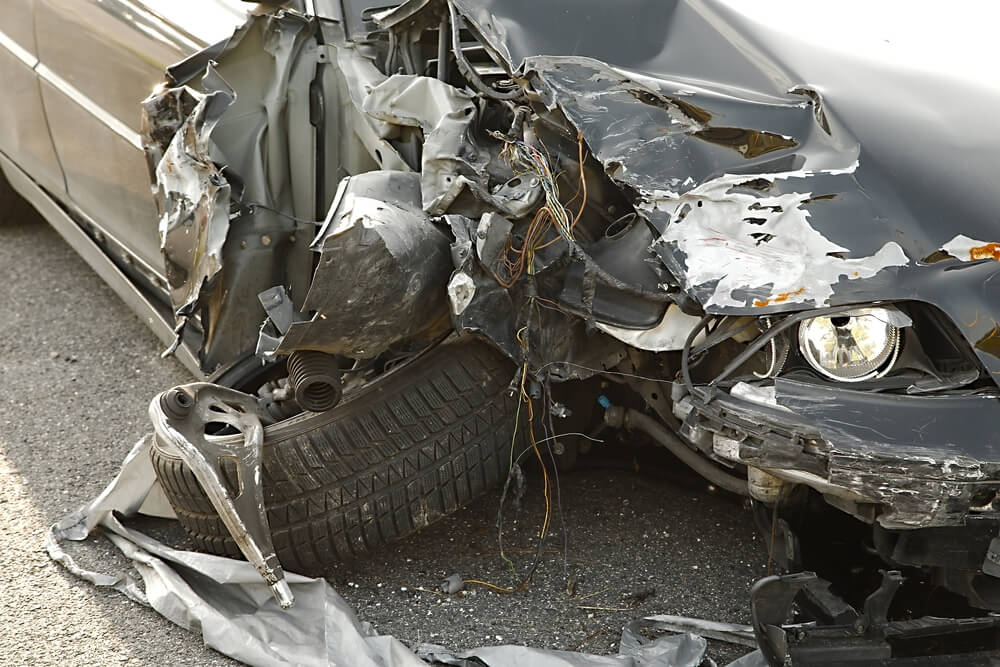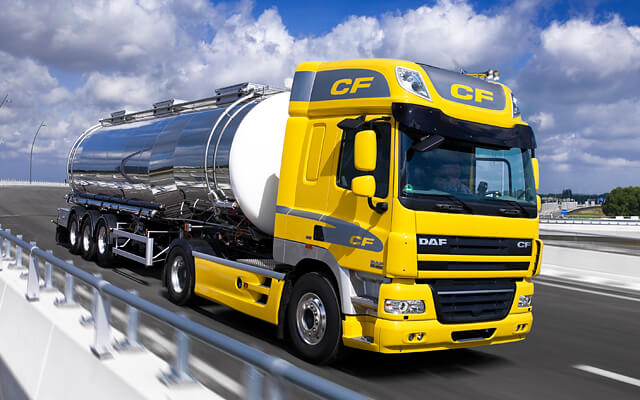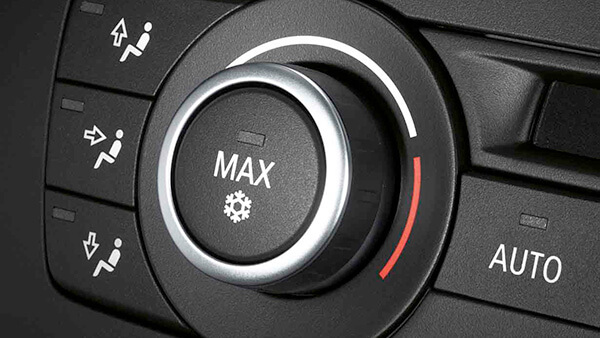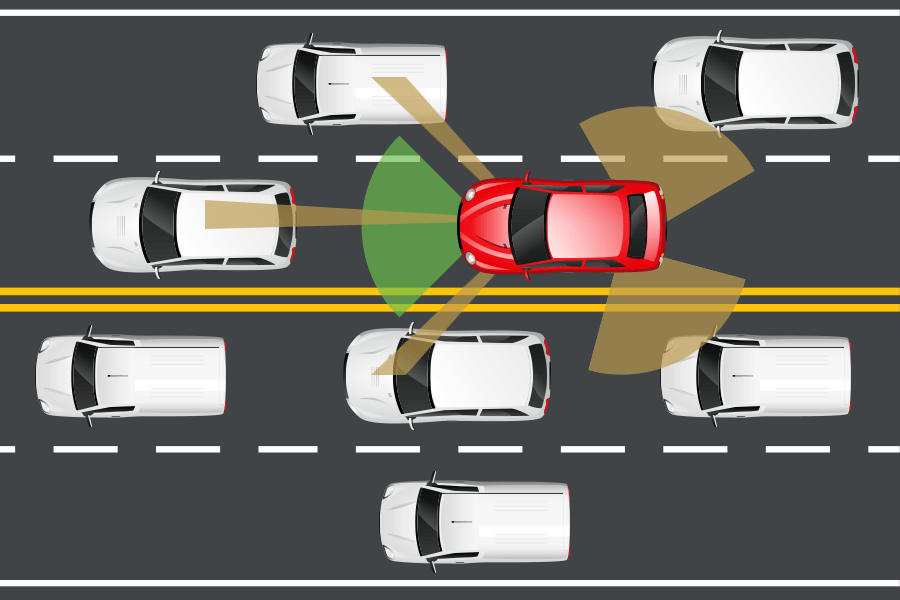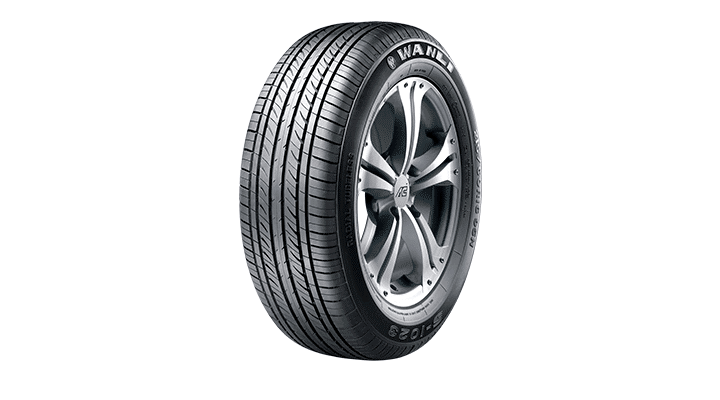As we have said in previous articles, car accidents are common and they can happen even to the best drivers. It is careful noting that not all drivers on the road are as careful or conscious as you are. For this reason, you may be engaged in an accident that you did not deserve to be in.
Previously, we have talked about what you should do after an accident. This article however is going to provide you with more information of what you should do with your car after the accident.
If you’ve been in a major car crash and your vehicle has sustained major damage, it may be declared a total loss. Experiencing a car crash and seeing your car written off as a total loss is a difficult experience.
How insurance companies decide if the car is a total loss
There is a specific threshold for each car. In most cases, however, when the damage is more than 70% of car’s value, it will be considered a total loss.
What you can do with your totaled car
Keep the car and repair it
In many situations, it makes sense to repair your car if it’s still safe to drive. If the settlement money isn’t enough to buy a replacement car, or if you drive an older car that holds sentimental value to you. In this case, the insurance company deducts the salvage value. (The money it expects to get for your wrecked car) plus the deductible if you were at fault, and you get the remaining money. Ensure that you get a salvage title for the car. It’s by law that any car that has been determined a total loss by an insurance company has a salvage title.
Keep the car but don’t repair it
You may want to simply keep the car if it is still safe to drive, and accept whatever cosmetic damage has deemed it a total loss. This is common with scratches, paint damage or severe dents. If the airbags didn’t deploy and the drivetrain, including engine and transmission, still work, it may still be in good enough shape to meet your needs. This is also a smart option if the payout from the insurance company isn’t enough to cover a replacement car.
Sell the individual parts
When a car insurance company buys totaled cars, it sells its parts or materials. You may want to do this yourself if you feel you are knowledgeable or skilled enough to individually remove and price the many parts of your car. You could receive more money selling parts on your own than what the insurance company is offering you. Also, this may be an option if you work on cars and want to use the parts on another car.
Take the money
Frequently, people opt to take the money paid out by the car insurance company. They are essentially buying your damaged car from you. Your insurer or the at-fault driver’s insurer will tell you the car’s actual cash value and give you a check with that amount. If you were at fault in the crash, the insurer will pay that amount, minus your deductible.
Remember that you can always negotiate the payout on your totaled car. When negotiating, be clear on how the insurer has determined the value of your car. They find five cars that are “comparable” to yours and determine their value. They leave out the most expensive car and least expensive car. And take the average price of the middle three cars. That’s what they pay you.
The problem with this process is that the insurer may not have accurate representation among those five cars. These cars might be lower end models, or cars with minimal accessories. Ask your insurer how they arrived at the offer price, and insist that they consider the exact model, trim, and mileage of your car before the crash.
Be prepared to prove the value of your car, which requires receipts for anything installed on your car. Receipts for maintenance and repairs won’t help you, because they theoretically only get your car to a drivable condition and don’t raise the car’s value.
